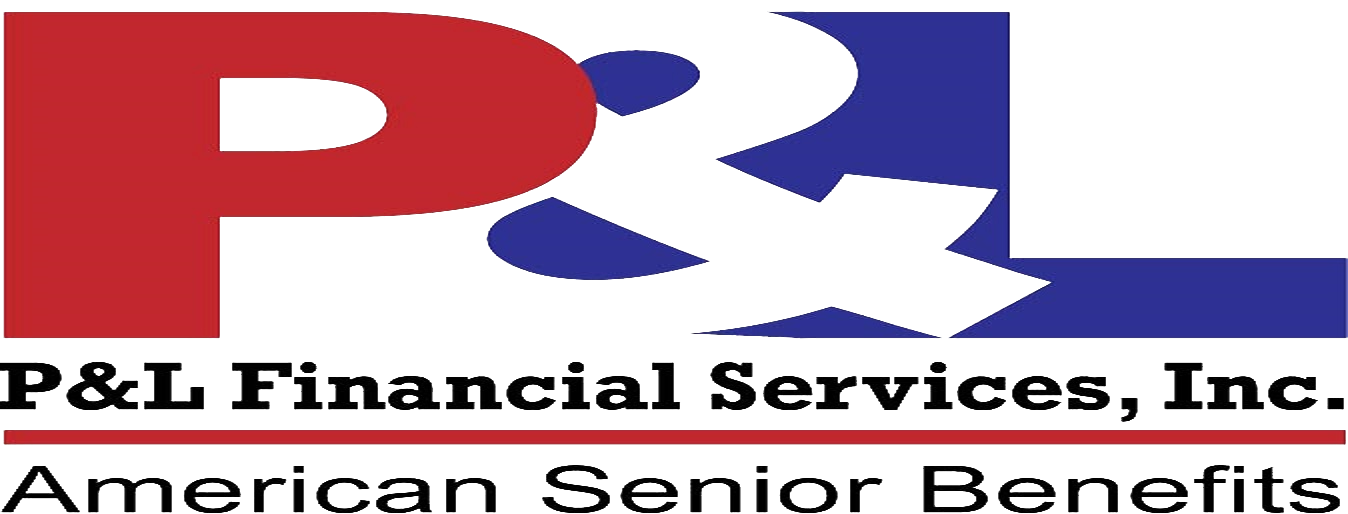
There is risk involved in almost everything we do. So much so that it is nearly impossible to avoid completely. Fortunately, many of the dangers we face on a daily basis can be mitigated through one of the five methods used for risk management: avoidance, retention, sharing, transfer, and loss prevention or reduction.
Insurance is a tool used to transfer the likelihood of loss from the policyholder to the insurance company and is one of the best ways to manage risk. Keep reading for everything you should know about insurance risk mitigation.
What is Risk Mitigation?
To put it simply, risk mitigation is how individuals or companies can manage the likelihood of loss. Most often, this may take the form of avoiding something entirely. But insurance risk mitigation can also be taking steps to lessen the chance of a loss. Or when a loss does occur, reducing the impact. In practice, this could look like someone avoiding the risk of falling off a horse by never riding a horse.
However, this is not very practical as there are some risks that you cannot completely avoid. For example, if you own a home, you cannot stop it from being hit by lightning or damaged by wind. What you can do is take steps to reduce the amount of damage or reduce the likelihood that there will be a loss through risk mitigation. This is where insurance comes into play.
How Does Insurance Mitigate Risk?
As mentioned above, insurance is the method used to transfer risk from the policyholder to the insurance company. In most cases, insureds transfer the financial risk associated with a potential loss rather than the loss itself. For example, when you purchase an insurance policy for your car, you are not asking the insurance company to prevent any losses that can happen to your vehicle.
What you are asking, however, is that any financial impacts that occur because of the claim are transferred to the company. This means that the insurance company is largely responsible for shouldering that financial burden if you are in a car accident for a covered event.
The same can be said for any other insurance policy, especially where the economic impacts can be significant. For instance, suppose a retail business. If there is a fire or another scenario where the company has to close down for repairs, the owners have lost income or employee salaries to consider.
This is on top of any repairs that need to be made or damaged property to replace. A seemingly minor loss can turn financially devastating very quickly. As such, insurance steps in to reimburse the policyholder and prevent the owner from going bankrupt or the business from having to close.
How Can Insureds Mitigate Risk?
Although insurance companies take on the financial risk of losses, this does not relieve an insured from their obligation to mitigate risk in general. In other words, just because a policyholder is not paying a claim does not mean they should be careless about causing the loss. In fact, most insurance companies are explicit about this in their policy contracts. They state that a policyholder must not be negligent in causing a claim, and they must also take steps to prevent the insured property from further loss. Otherwise, the insurance company can deny the claim.
To help with insurance risk mitigation, policyholders should be responsible for their property and protect it from damage as much as they reasonably can. Being up to date with routine maintenance is a great way to identify minor issues for larger or more expensive items such as cars, homes, or business property before they become significant concerns.
You can also speak with your insurance company or agent about ways in which you can reduce future losses. Not only will they have some recommendations on how to do this, but they might also thank you for trying!


